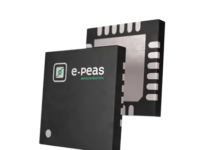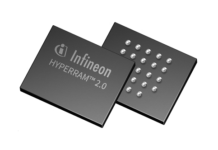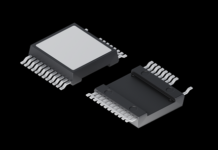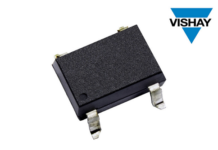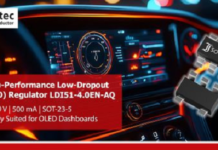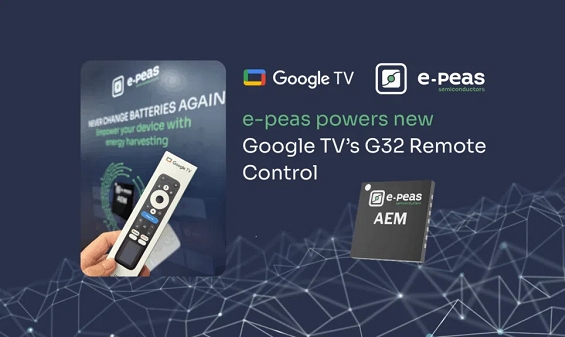
Fresh from the APAC Google TV Summit, we’re proud to share that an e-peas power-management IC (PMIC) is at the heart of the new Google TV G32 remote control, enabling it to run on indoor light with a tiny rechargeable storage element. When a platform at this scale brings energy harvesting into the living room, it’s not a trend – it’s a must and a clear sign that sustainability and user experience are the future.
How the remote stays powered
The G32 remote pairs an indoor-light photovoltaic cell with an e-peas PMIC that:
- harvests room-light efficiently at real household lux levels,
- manages and protects a small rechargeable storage element,
- adapts power delivery during bright and low-light periods so the device keeps working gracefully.
Why this matters
- No battery swaps → remotes stay ready when families need them.
- Longer product life → consistent performance over years, not months.
- Lower maintenance & waste → no disposable batteries to buy, ship, and recycle.
- A cleaner design path → slimmer enclosures, sealed designs, and simpler service.
What it unlocks for TV and accessory makers
- Battery-light designs for remotes and smart-home accessories.
- Scalable integration using proven reference settings and evaluation boards.
- Sustainability at scale that aligns with corporate ESG (Environmental, Social, and Governance) goals without sacrificing User Experience.
A shift the market will feel
Consumers expect devices that “just work.” Energy harvesting removes routine battery changes – the #1 source of remote failure in the home – while cutting waste and logistics. As major platforms adopt this approach, the expectation for longer-lasting, lower-maintenance devices becomes standard.
Start your own integration
Whether you’re building TV remotes or smart-home devices, our engineering team can share reference guidance for indoor-light harvesting, storage sizing, and firmware behaviors.
For more information, visit www.e-peas.com



